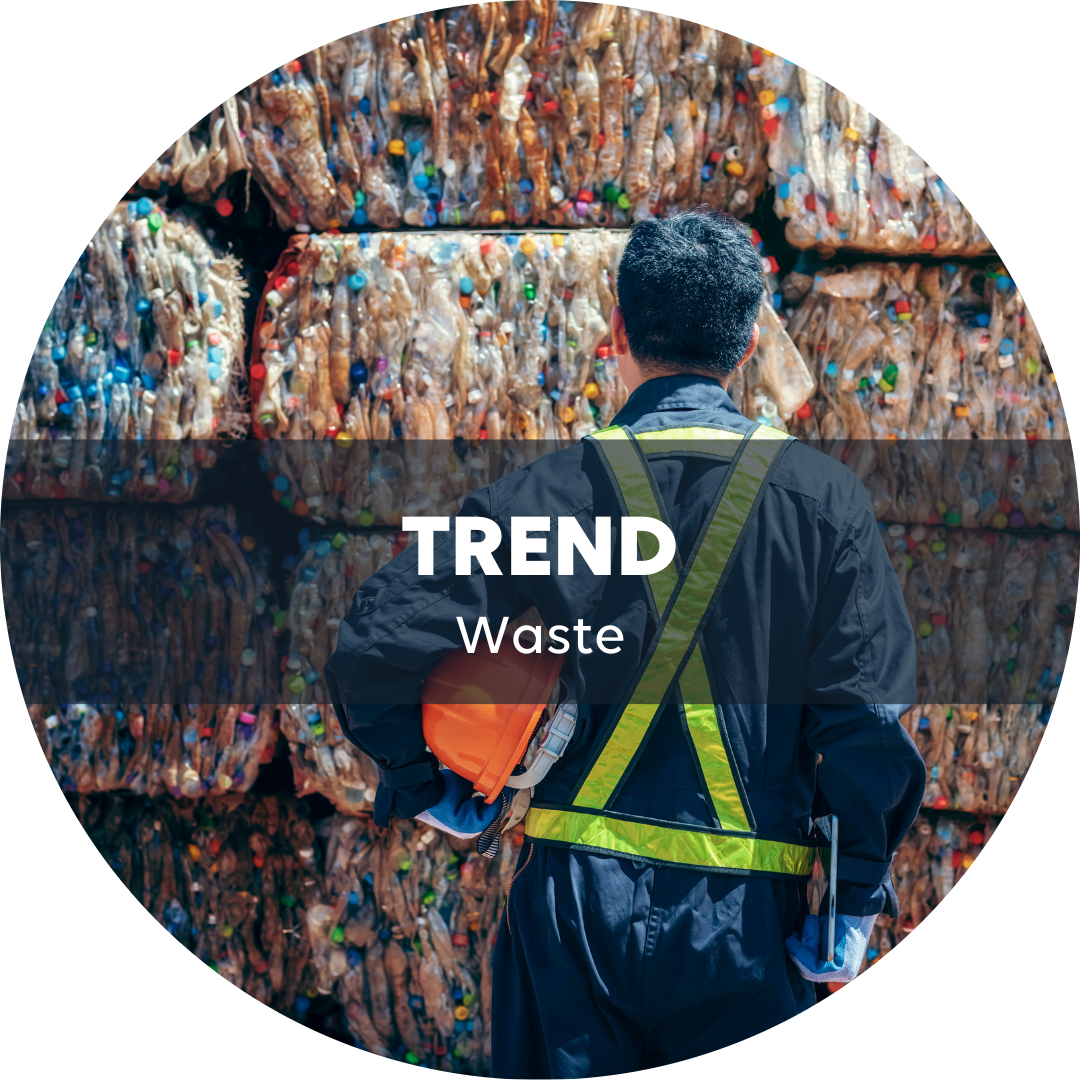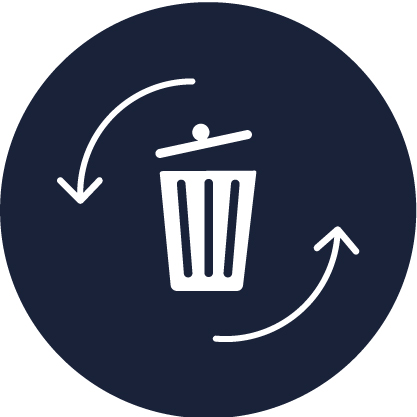Waste • The relocation of treatment: still linear, but different circularity strategies emerge
After more than thirty years of exporting western waste to Asia, the international waste treatment system is changing shape. The closure of Chinese, then other Asian borders to imports has highlighted the weaknesses and shortfalls of local recycling capacities in high-income economies.

- Since 2018, the share of circular processes (recycling, composting, etc.) in global consumption of raw materials has continued to shrink: the growth in demand for virgin raw materials has overtaken the progress made by global circularity.
- Monitoring of the evolution of global waste production suffers from a lack of aggregated data, making it hard to precisely follow its destination: numerous waste items drop off the grid, move into informal circuits, or disappear in landfills.
- The closure of Chinese and other Asian borders to imports of recyclable waste in 2018, followed by the amendment of the Basel Convention on hazardous waste, have slowed and redirected international waste trade towards new countries.
- Landfilling and incineration, emitting CH4 and CO2, have gained
ground. - In Europe, and increasingly in North America, Extended Producer Responsibility (EPR) and deposit-return schemes are demonstrating their ability to organize and finance collection and recycling channels.




